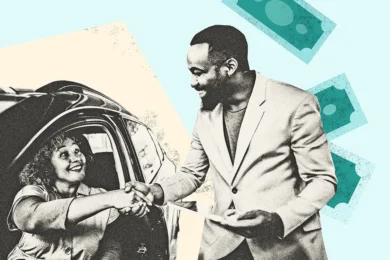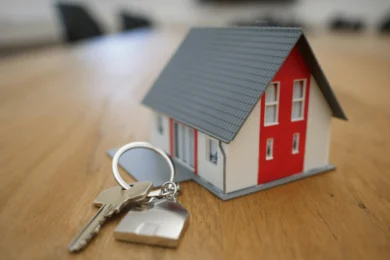

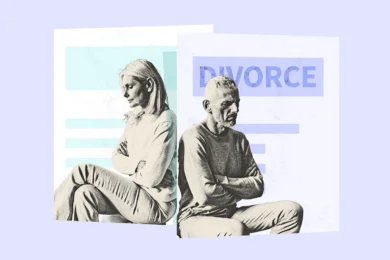
How to Legally Separate and Get Divorced

Estate Planning Checklist: Step-by-Step Guide for Peace of Mind

11 End of Life Documents Everyone Needs
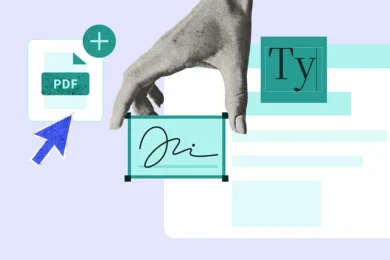
How to Edit a PDF Without Adobe
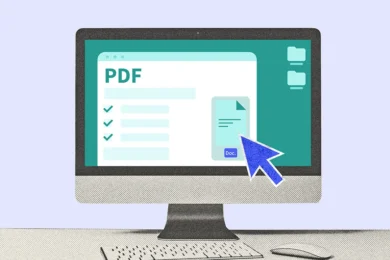
How to Create a Fillable PDF
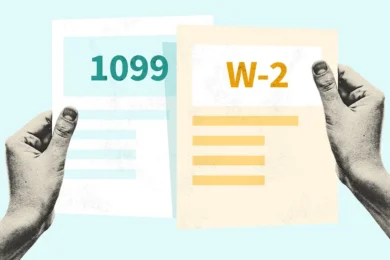
1099 vs. W-2 Forms: The Key Differences

Prenup vs. Postnup: What’s the Difference?
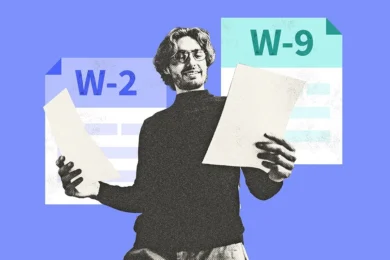
W-2 vs. W-9: When and Why to Use Each for Tax Compliance
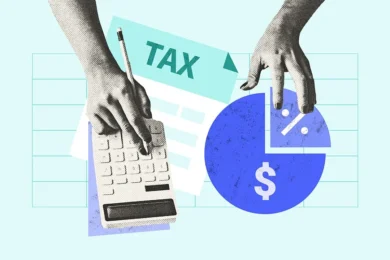
Your Essential Guide to the 2025 Tax Season
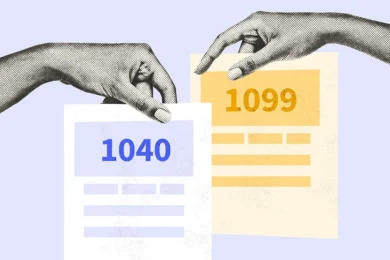
1040 vs. 1099: What to Know About Each Tax Form
